This project has two purposes, on the one hand the progress of Artificial Intelligence (AI), specifically in the field of Machine Learning (ML), and in parallel, to make the techniques developed more efficient (ML Green-IN) and apply them to solve environmental challenges (ML Green-BY) in which AI has already shown great potential: water management and forest management.
The division of these two objectives should not be interpreted as suggesting that the project proposes two independent lines of work, but quite the opposite. The objectives related to Green-IN will focus on technologies, algorithms and models to optimize AI efficiency, not limited to any specific application domain. In contrast, the Green-BY objectives are specifically focused on environmental applications of AI. However, these two sets of objectives are complementary. On one hand, methodologies developed for Green-IN objectives will be applied to Green-BY task. On the other hand, the development of specific models and techniques to achieve Green-BY objectives will certainly be necessary, leading to an advancement of the Green-IN state of the art.
With these goals in mind, we aim to research ML techniques that improve the energy efficiency of their consumption in the following key areas: development of attribute selection algorithms to select hyperparameters; creation of transfer learning models in the field of time series prediction; and design of more efficient models by themselves. Moreover, progress in the Green-BY areas aim to continue lines of work in which the applicant research group has years of experience. In the field of the biodiversity, we propose techniques for predicting tree growth and soil degradation to assess the effects of climate change on ecosystems and forests. We also plan to work on mid-term predictions of urban water consumption for optimal potable water management.


